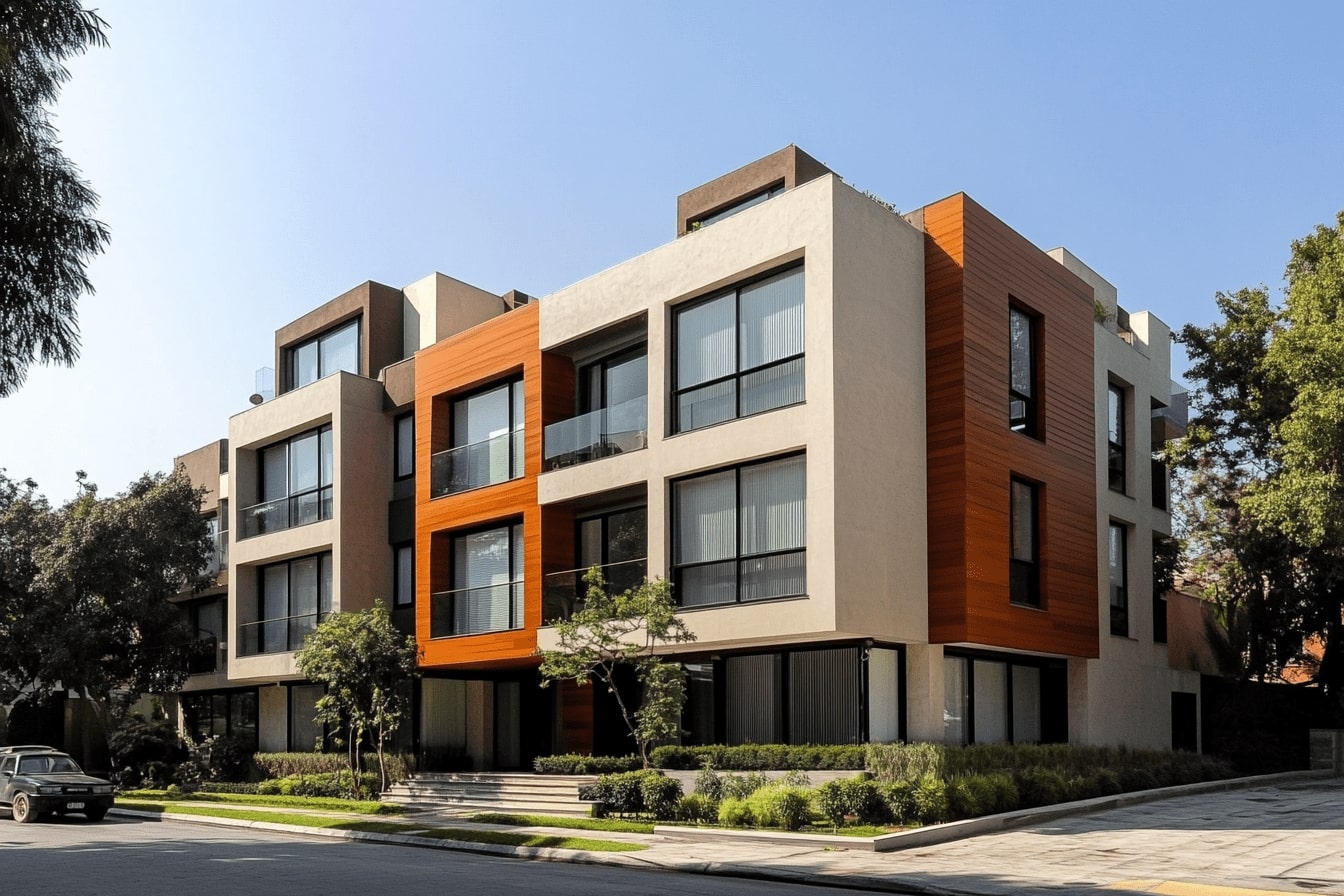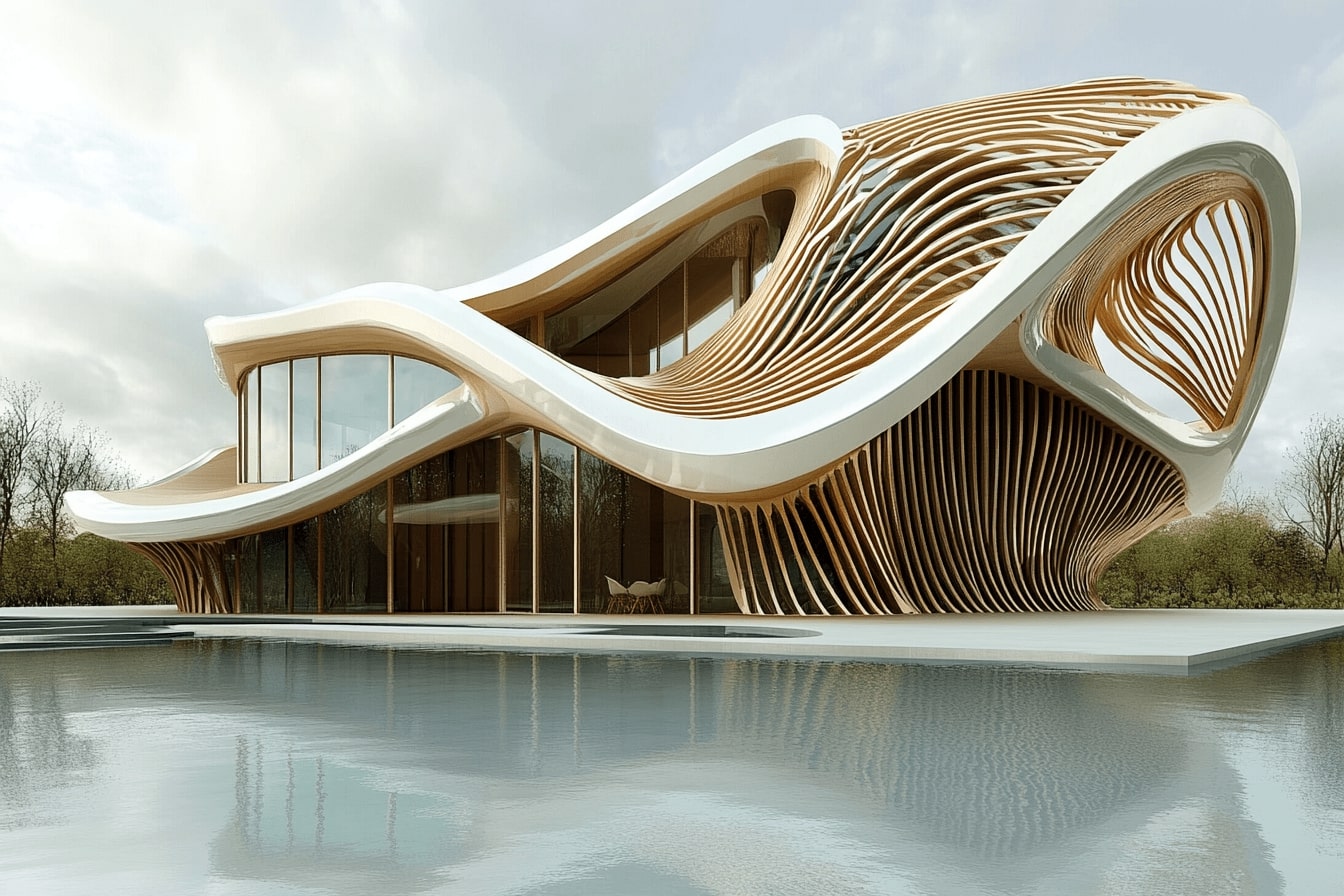- Home
- Articles
- Architectural Portfolio
- Architectral Presentation
- Inspirational Stories
- Architecture News
- Visualization
- BIM Industry
- Facade Design
- Parametric Design
- Career
- Landscape Architecture
- Construction
- Artificial Intelligence
- Sketching
- Design Softwares
- Diagrams
- Writing
- Architectural Tips
- Sustainability
- Courses
- Concept
- Technology
- History & Heritage
- Future of Architecture
- Guides & How-To
- Art & Culture
- Projects
- Interior Design
- Competitions
- Jobs
- Store
- Tools
- More
- Home
- Articles
- Architectural Portfolio
- Architectral Presentation
- Inspirational Stories
- Architecture News
- Visualization
- BIM Industry
- Facade Design
- Parametric Design
- Career
- Landscape Architecture
- Construction
- Artificial Intelligence
- Sketching
- Design Softwares
- Diagrams
- Writing
- Architectural Tips
- Sustainability
- Courses
- Concept
- Technology
- History & Heritage
- Future of Architecture
- Guides & How-To
- Art & Culture
- Projects
- Interior Design
- Competitions
- Jobs
- Store
- Tools
- More
Essential Guide: How to Create a Facade for Your Building
Discover how to create stunning facades that blend art and science in this comprehensive guide. Learn to balance aesthetics, functionality, and sustainability to transform buildings into landmarks. Explore material options, design principles, and innovative techniques, while understanding the role facades play in energy efficiency, occupant comfort, and property value.

Creating a building facade is more than just an architectural necessity; it’s a blend of art and science that defines a structure’s identity. As we venture into designing facades, we need to consider aesthetics, functionality, and sustainability. The right facade can transform a mundane building into a landmark, attracting attention and adding value.
We’ll explore the essential steps and considerations in facade creation, from material selection to innovative design techniques. Whether you’re an architect, a builder, or an enthusiast, understanding these fundamentals will help you craft a facade that stands out and serves its purpose effectively. Let’s dive into the world of facades and discover how to make buildings not just shelters, but works of art.

Table of Contents
ToggleImportance Of Building Facades
Building facades play a crucial role in defining a structure’s character and functionality. They serve as the primary interface between the building and its environment, impacting aesthetics, performance, and energy efficiency. Well-designed facades can significantly enhance curb appeal, making a structure more appealing and engaging.
Aesthetics
Facades shape first impressions. Unique designs, vibrant colors, and innovative materials can create visual interest and brand identity. For instance, iconic facades like the Louvre Pyramid or the Sydney Opera House have become symbols of architectural brilliance.
Functionality
Facades protect buildings from external elements. They act as a barrier against weather conditions, pollution, and noise. High-performance facades also regulate natural light and ventilation, contributing to occupant comfort.
Energy Efficiency
Modern facades incorporate sustainable materials and technologies. These elements help reduce energy consumption by improving insulation and minimizing thermal bridges. For example, double-skin facades and green walls enhance energy efficiency and provide ecological benefits.
Economic Value
Investing in quality facades increases property value. Attractive and functional facades can lead to higher market demand and better rental or sale prices. Buildings with striking facades often attract premium tenants or buyers willing to pay more for aesthetic and functional advantages.
Compliance and Safety
Regulations often dictate facade design, ensuring safety and sustainability. Fire-resistant materials, proper insulation, and structural integrity are essential components. Compliance with local building codes and standards is vital for securing permits and avoiding legal issues.
Our exploration of facades underscores their multifaceted importance. By carefully considering aesthetics, functionality, energy efficiency, economic value, and compliance, architects can create facades that not only enhance building performance but also contribute to urban beauty and sustainability.

Types Of Facade Materials
Selecting the right facade materials defines a building’s aesthetics and performance. Here are key materials used widely in facade design.
Glass
Glass facades offer modern aesthetics and transparency. Glass provides natural lighting, enhancing interior ambiance. Double-glazing and low-emissivity coatings can improve energy efficiency, reducing heating and cooling costs. For example, tempered glass increases safety while tinted glass enhances privacy.
Metal
Metal facades provide durability and versatility. Common metals include aluminum and steel, known for their strength and corrosion resistance. Metals can be molded into various shapes, allowing unique designs. For instance, aluminum panels are lightweight and recyclable, promoting sustainability.
Stone
Stone facades exude timeless elegance and robustness. Natural stones like granite and limestone offer high durability and minimal maintenance. Stones can be cut into diverse finishes, providing various texture options. Granite is highly wear-resistant, making it suitable for high-traffic areas. Along with natural stones, there are stone veneers available in the market that bring the same classic elegance in a lighter, more versatile format. When you buy stone veneer products, you gain access to the rich textures of materials like limestone, granite, and sandstone, with the added benefits of easier installation and reduced weight. These veneers offer durability and excellent insulation, making them suitable for both interior and exterior applications. Stone veneers also require minimal maintenance, preserving their appeal over time in various architectural styles.
Wood
Wood facades add warmth and natural appeal. Wood is a renewable resource, promoting eco-friendliness. Types like cedar and teak are durable and resistant to decay. Wood can be treated for improved longevity and varied finishes. For example, cedar provides natural insulation, enhancing energy efficiency.

Design Principles For Facades
Designing a facade involves a balance of aesthetics, functionality, and environmental impact. We will delve into each of these aspects to provide a comprehensive understanding of facade design.
Aesthetic Considerations
A building’s facade plays a critical role in its visual appeal. The choice of materials, colors, textures, and patterns needs to align with the intended style. For example, glass facades offer a modern, sleek look, while wood facades provide warmth and natural beauty. A well-designed facade can capture attention and elevate the building’s architectural value.
Functional Aspects
Facades must serve multiple functions beyond aesthetics. They protect the building from weather elements, provide insulation, and contribute to structural integrity. For instance, a double-glazed glass facade enhances energy efficiency by reducing heat loss. Integrating ventilation systems within the facade design can also improve indoor air quality, contributing to occupant comfort.
Environmental Impact
Sustainable facade design considers the environmental footprint. Using eco-friendly materials like recycled metal or responsibly sourced wood can reduce the building’s impact on the environment. Incorporating green technologies, such as solar panels and green walls, can further enhance energy efficiency and sustainability. For instance, incorporating photovoltaic panels within a glass facade can generate renewable energy, reducing dependency on non-renewable sources.
By understanding these design principles, we can create facades that are not only visually striking but also functional and environmentally responsible.
Steps To Create A Facade
Creating a building facade involves multiple steps, each crucial to achieving a balanced, functional, and aesthetically pleasing design. Our guide covers the fundamental stages from initial analysis to final installation.
Site Analysis And Planning
Site analysis is the first critical step. We evaluate factors like local climate, orientation, neighboring structures, and zoning regulations. This insight helps determine appropriate design elements and materials.
Material Selection
Selecting the right materials is essential for facade durability and aesthetics. We consider options like glass for transparency and energy efficiency, metal for strength, stone for a classic look, and wood for warmth and sustainability. Material compatibility with the local environment is also assessed.
Structural Design
Structural design includes calculations and modeling to ensure the facade’s stability. We collaborate with engineers to create a layout that supports facade elements while meeting safety codes. This phase involves choosing support systems like frames or curtain walls.
Construction And Installation
The final phase is construction and installation. We coordinate with builders to ensure precise execution of the design. Attention to detail during this stage guarantees that the facade not only meets aesthetic goals but also performs its protective and insulating functions effectively.

Modern Trends In Facade Design
Facade design has evolved, embracing advancements that enhance aesthetics and function. We explore current trends in facade design, highlighting innovations that balance artistry with sustainability.
Sustainable Facades
Sustainable facades integrate eco-friendly materials and technologies to reduce environmental impact. These facades incorporate elements like green walls (vertical gardens) and photovoltaic panels, which improve energy efficiency while adding natural beauty. For instance, using recycled aluminum or sustainably sourced wood helps lower a building’s carbon footprint. Implementing double-glazed windows maintains thermal efficiency, reducing heating and cooling demands.
Smart Facades
Smart facades utilize technology to adapt to environmental changes, optimizing energy use and occupant comfort. These systems often include sensors and shading devices that adjust based on sunlight and temperature. For example, electrochromic glass can change opacity to control glare and heat gain, enhancing indoor climate control. Incorporating automated ventilation systems further improves air quality and energy efficiency.
Interactive Facades
Interactive facades engage observers and create dynamic visual experiences. These facades often incorporate digital displays, LED lighting, and kinetic elements that respond to movement or environmental conditions. Examples include media facades displaying real-time data or artistic visuals, making buildings stand out as urban landmarks. By integrating interactive components, designers can foster a connection between the building and its community, enhancing both aesthetic appeal and functionality.
Submit your architectural projects
Follow these steps for submission your project. Submission FormLatest Posts
The Ultimate Guide to Fencing in North Dakota: Choosing the Best Fence for Your Property
Watching a chain link fence twist in 70 mph winds near Minot...
Gaudí: Where Architecture Meets Science
Gaudí: Where Architecture Meets Science shows catenary arches, ruled surfaces, and biomimicry...
How Housing Market Forces Shape Architectural Design Today
Architecture never exists in isolation. Buildings rise from a mix of ambition,...
Why Portable Formaldehyde Gas Detectors Matter on Construction Sites
As construction practices shift toward more enclosed and material-intensive environments, the risk...












Leave a comment